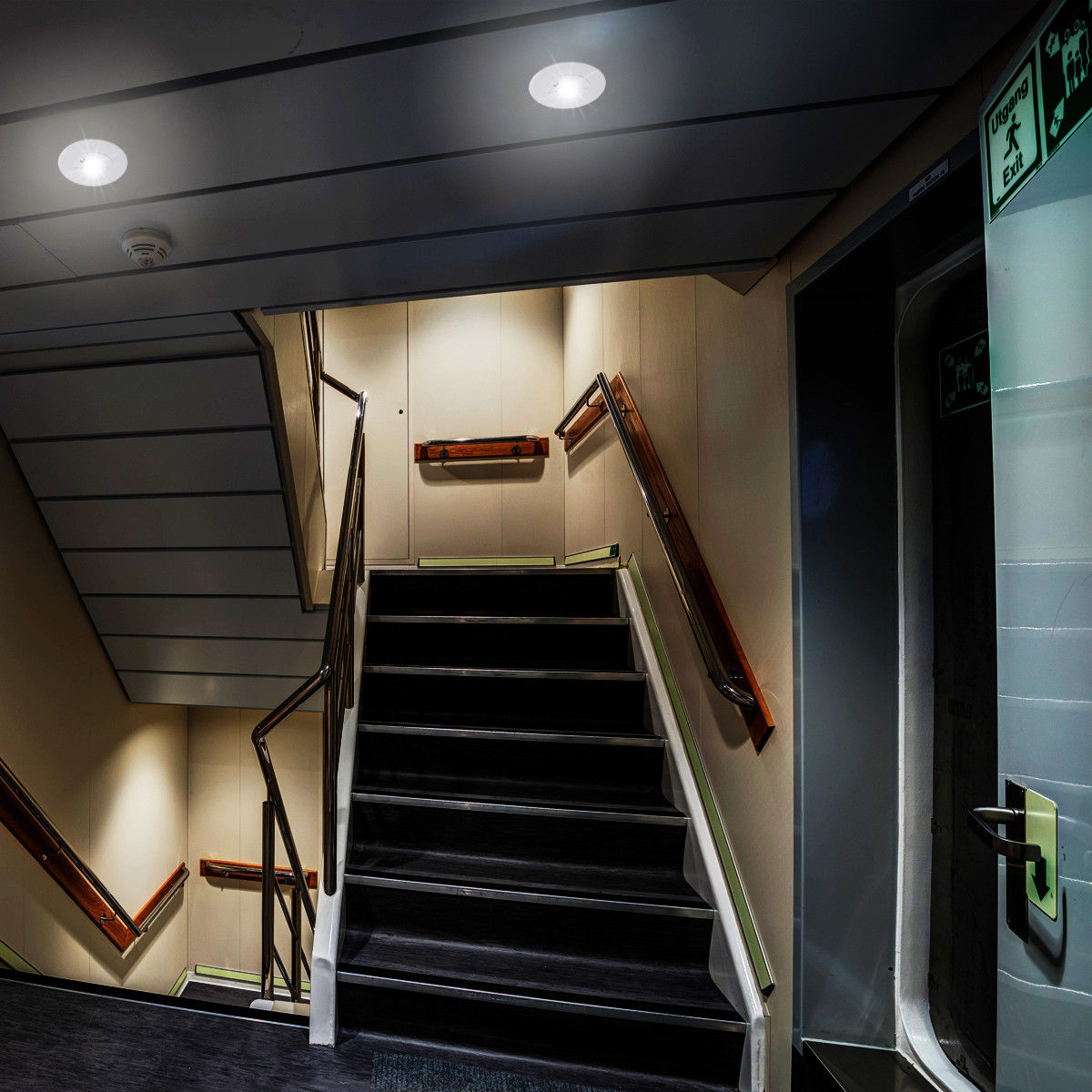I recently surveyed a company and why they had small holes in their suspended ceiling.
“Oh that was because we took out the PIR’s, we couldn’t stand waving our arms about when the lights went off “.
The point here is that PIR’s (Passive Infrared ) sensors have narrow beam widths, they will not pickup small movements unless you break the beam.
Try this simple test with your TV remote at home, if you point the remote just off your TV it will not operate. The remote has to be pointed directly at the TV to get it to operate.
The same this goes for outside Floods that seem to come on late, this is because the further away you are the wider the beam and the less chance you have of crossing it.
So why are microwaves superior? The explanation is simple once you understand how the microwave operates. It scans in a similar way to Radar accept its localised 10 – 15 meter radius with a power that’s a 10,000th of your mobile phone.
Any small movement within the zone is instantly measured and the light is activated. The settings for microwave sensors is also more refined, you can reduce the power for example in a warehouse where you have adjacent isles or gangway, you can reduce sensitivity so that only lights in isle your walking or driving is illuminated. The same goes for Offices and Corridors by having different Hold times for example 5 or 10 secs for corridors is perfectly adequate as your in constant movement to go to another part of the building. However when you’re at your desk movement are smaller therefore a longer hold time of say 10 minutes should ensure the light stays on while you are in occupation.
Ledlights4you have installed microwave sensor LED lighting to Warehouses, Workshops, Corridors and Stairwells in both commercial and accommodation property. Savings on energy use are as high as 90% . Because we us high efficiency LED lighting units (120-190 Lumen per watt) there are often less units required making saving in capital cost and energy saving.
